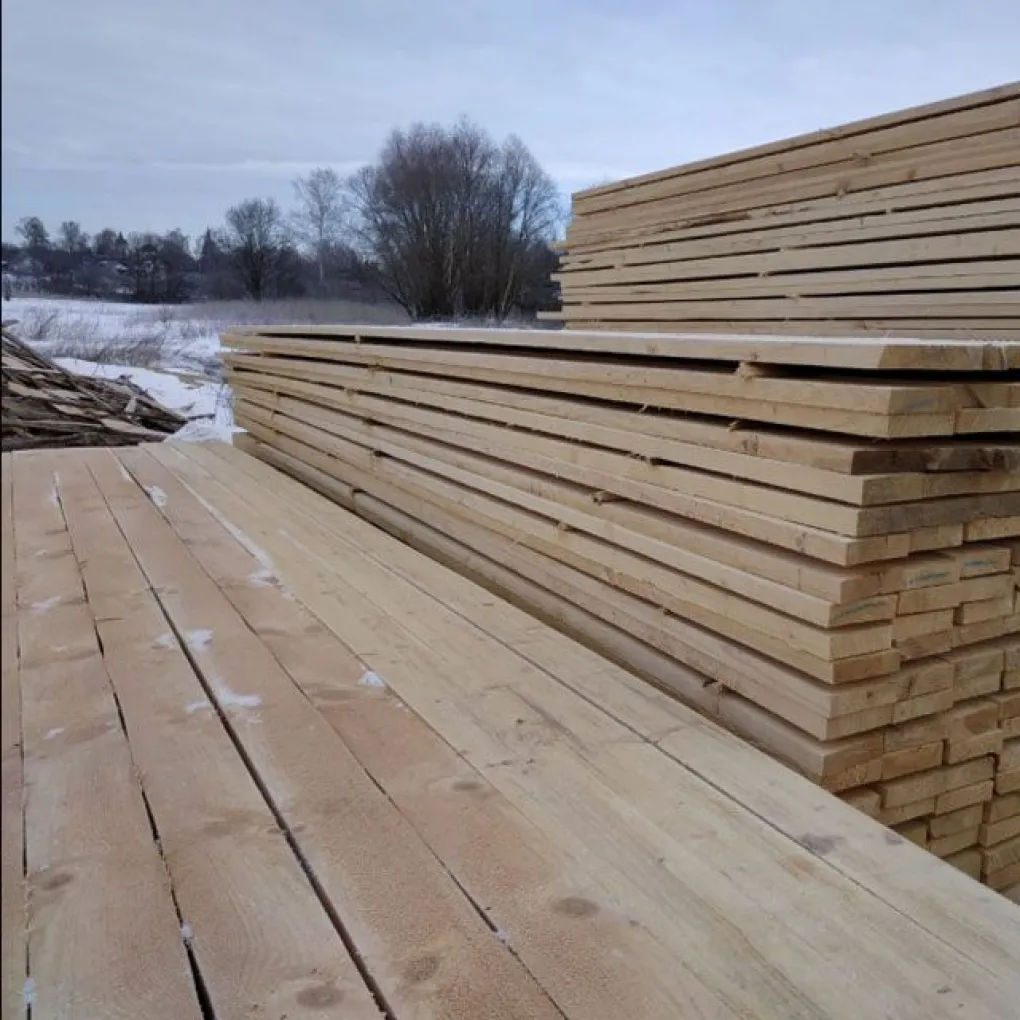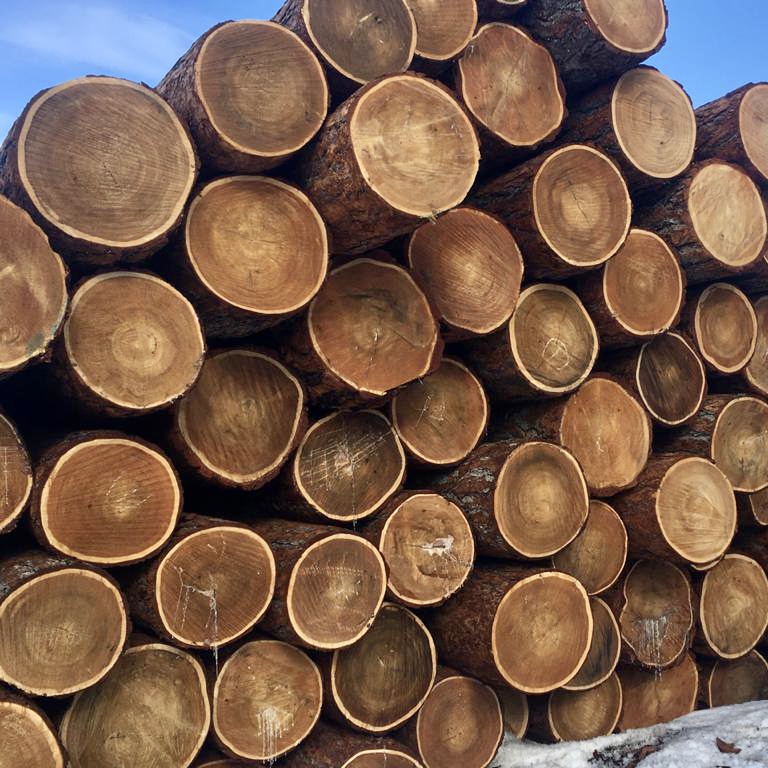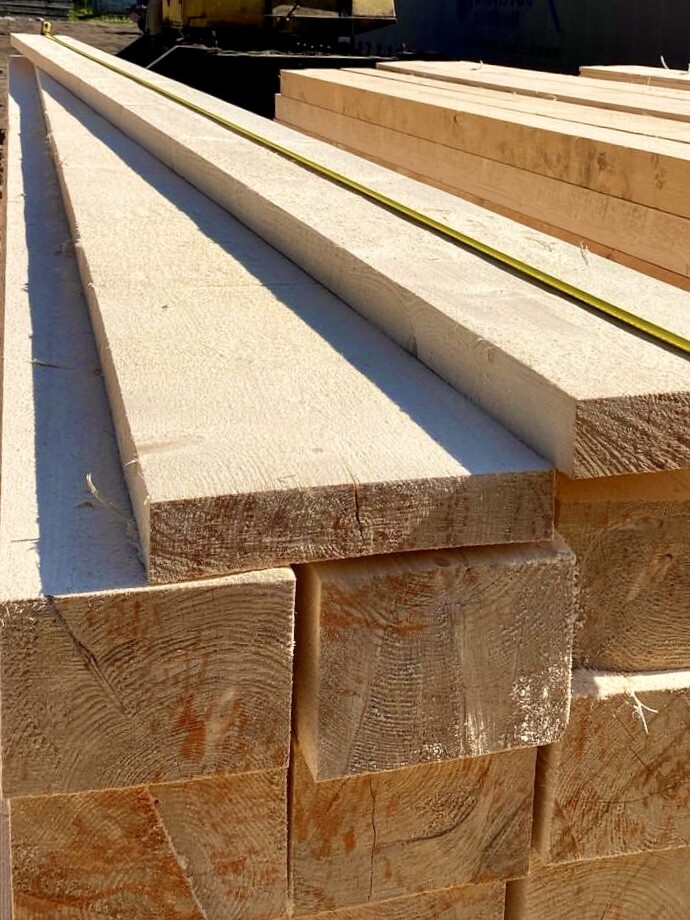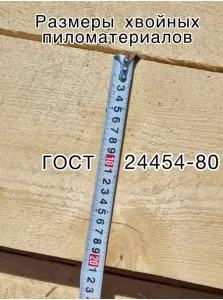
LESEGAIS What needs to be registered?
What lumber must be registered in the Unified State Automated Information System for the Registration
of Timber and Timber Transactions.
WHAT SHOULD BE DECLARED?
Clarifications on the classification of lumber from the List of types of wood, defined in accordance with the All-Russian Classifier of Products by Types of Economic Activity, which are subject to the requirements of the Forest Code of the Russian Federation on the transportation of wood and the accounting of transactions with it, approved by the Government of the Russian Federation on June 13, 2014 № 1047-r
1. The list of types of timber determined in accordance with the All-Russian Classifier of Products by Type of Economic Activity, which are subject to the requirements of the Forest Code of the Russian Federation on timber transportation and the accounting of transactions with it, includes the following types of sawmill products:
SOFTWOOD LUMBER (16.10.10.110):
Of pine (16.10.10.111)
Of spruce (16.10.10.112)
Of larch (16.10.10.113)
Cedar (16.10.10.114)
Fir (16.10.10.115)
Of other conifers (16.10.10.119)
HARDWOOD LUMBER (16.10.10.120)
Of oak (16.10.10.121)
Of beech (16.10.10.122)
Of ash (16.10.10.123)
Birch (16.10.10.124)
Aspen (16.10.10.125)
Poplar (16.10.10.126)
Of alder (16.10.10.127)
Lime (16.10.10.128)
From other deciduous species (16.10.10.129)
The specified types of wood of the respective species include sawmill products resulting from longitudinal splitting of logs and longitudinal and cross-sectional splitting of the resulting parts, of a specified size (over 6 mm thick) and quality, having at least two plane-parallel plates.
The specified types of wood in the form of sawn timber may be dry (with a moisture content not exceeding 22%) and wet (with a moisture content exceeding 22%).
Specified types of wood include such types of sawn wood as:
Trimmed sawn timber (sawn timber with edges sawn perpendicular to the strata and an outcrop no greater than permitted by the relevant regulatory and technical documentation. Trimmed sawn timber may have parallel and non-parallel edges);
unedged sawn timber (sawn timber with unsawn or partially sawn edges, with oversawn timber more than acceptable in edged timber);
planed sawn timber (sawn timber with at least one or both edges planed);
stained, etched, creosote- or other preservative-treated lumber;
block (sawn timber 100 mm thick and more than 100 mm wide). The lumber may be two-edged, three-edged, or four-edged;
bar (sawn timber up to 100 mm thick and no more than double-edged width);
board (sawn timber up to 100 mm thick and wider than double thickness).
TIMBER SLEEPERS FOR RAILROADS, NON-SOAKED (16.10.10.130):
wide gauge unsoaked (16.10.10.131)
narrow gauge non-soaked (16.10.10.132).
Railroad timber sleepers are a type of timber of a specified shape and size used as railroad track supports.
This type of wood includes the following sawmill products:
edged sleeper (sleeper in the form of a four-beam);
unedged sleeper (sleeper in the form of a double-edged beam).
TIMBER CROSS-BEAMS FOR RAILROAD SWITCHES, NON-SOAKED (16.10.10.140):
broad gauge unsoaked (16.10.10.141)
narrow gauge unsoaked (16.10.10.142).
Wooden timber is a type of timber of a specified shape and size used to support railroad track switches.
This type of wood includes the following sawmill products:
edged cants (cants sawn on four sides);
unedged cants (cants sawn from two sides);
non-impregnated cants (cants not treated with a protective agent).
TIMBER SLEEPERS FOR SUBWAY UNIMPREGNATED (16.10.10.160)
Subway timber sleepers are a type of timber of a specified shape and size used as supports for subway rails.
This type of wood includes the following lumber products
edged sleeper (sleeper in the form of a four-beam);
unedged sleeper (sleeper with two round beams). 2.
2. In accordance with the list of wood types, determined by the All-Russian Classifier of Products by Economic Activities, the requirements of the Forest Code of the Russian Federation for transportation of timber and accounting of timber transactions do not apply to commodity product types of subgroups 16.10.2 and 16.10.3
profiled lumber;
laminated wood products;
joinery;
untreated timber (beams), sleepers, stained, etched, treated with creosote or other preservatives
prefabricated wood structures;
plywood;
wood fibreboards;
wood particle boards;
wood packaging;
chips, shavings, wool, wood flour.
FOR PEOPLE
The reporting to LesEgaIS is provided for all the transactions with the timber mentioned above including those concluded with citizens who don't have the status of private entrepreneur (part 9 of article 50.6 of the Forest Code of the Russian Federation).
In order to carry out a transaction with a natural person, it must also be declared. Therefore, it is necessary to obtain from the citizen his passport data.
Citizens who bought timber for personal needs do not have to fill out an accompanying document for transportation, but in the case of inspection they must present a document on the transfer of ownership of the timber or lumber.
FOR LEGAL ENTITIES (OOO AND IE)
To purchase sawn timber by a legal entity, the Buyer should do the following:
Conclude a contract for the supply of a certain volume of material
To register in the UGAIS Les
Then the contract is certified in the information system EGAIS by a digital signature of both parties.
The term of agreement's authentication in the UGAIS system is no longer than 5 (five) working days from the moment of conclusion, but not earlier than 1 (one) working day before material shipment.
The volumes of the supplied products are certified in the UGAIS system on a monthly basis
PENALTIES FOR LESGAIS
Amount of penalty for:
organizations from 200 000 to 400 000 rubles.
Management and private entrepreneurs - from 25 000 to 35 000 rubles.
For violation of the mandatory labeling of timber the penalty is 300 000 - 500 000 rub,
For a manager and individual entrepreneur - from 30 000 to 40 000 rubles.
The penalty for failure to submit forest declaration for: organization - 100 000 - 200 000 rubles, manager - 5 000 - 20 000 rubles; entrepreneur - 7 000 - 25 000 rubles.
(Article 8.28.1 of the CAO).

Timber Expert. We export timber all over the world






